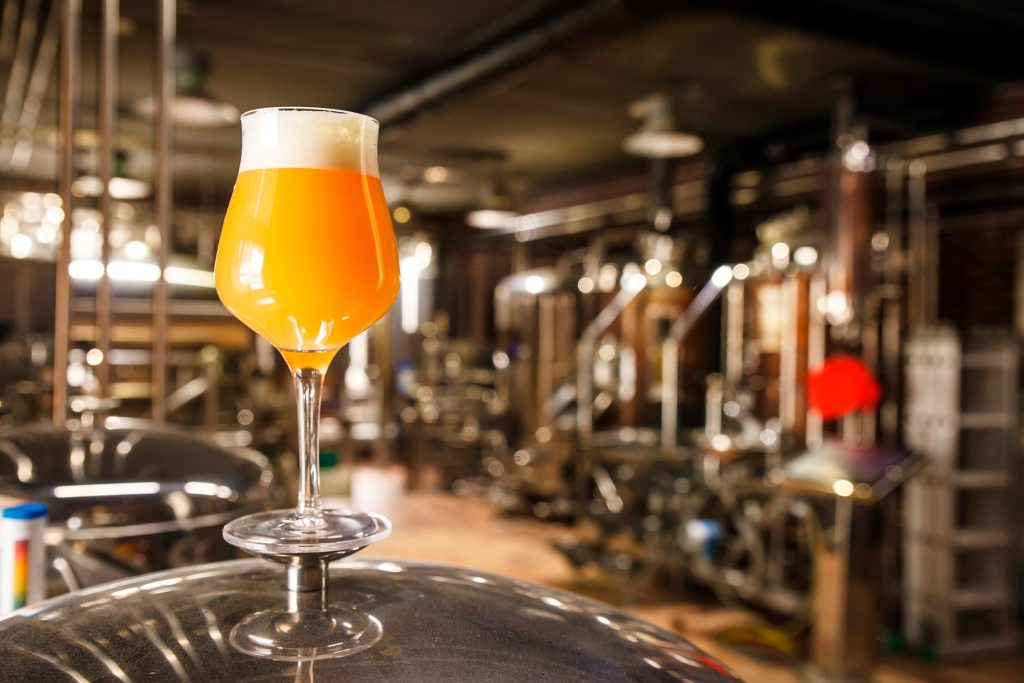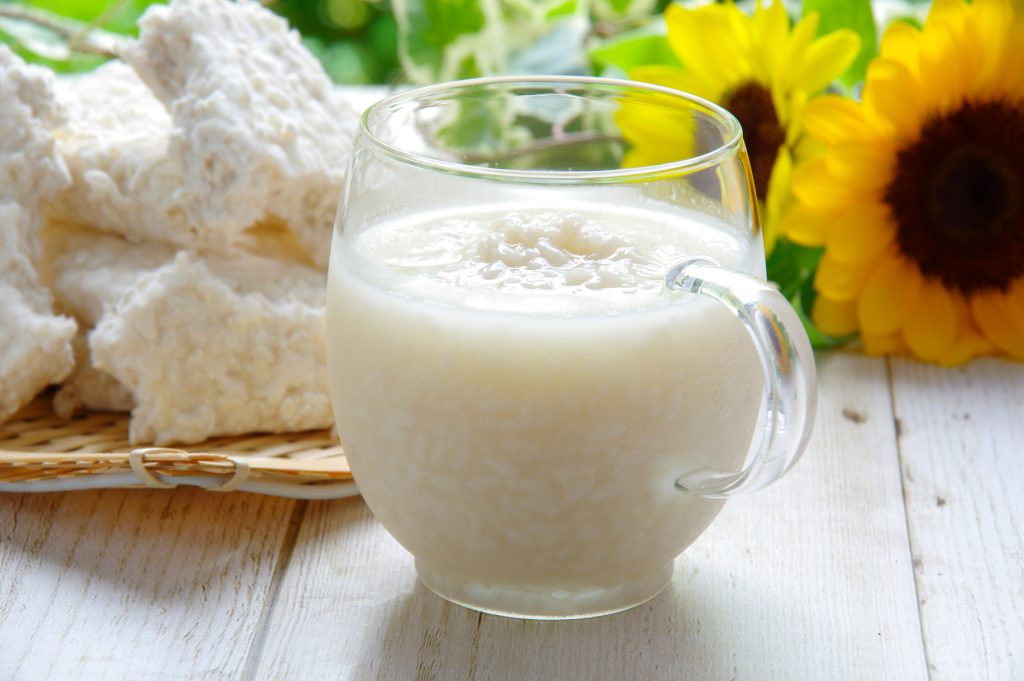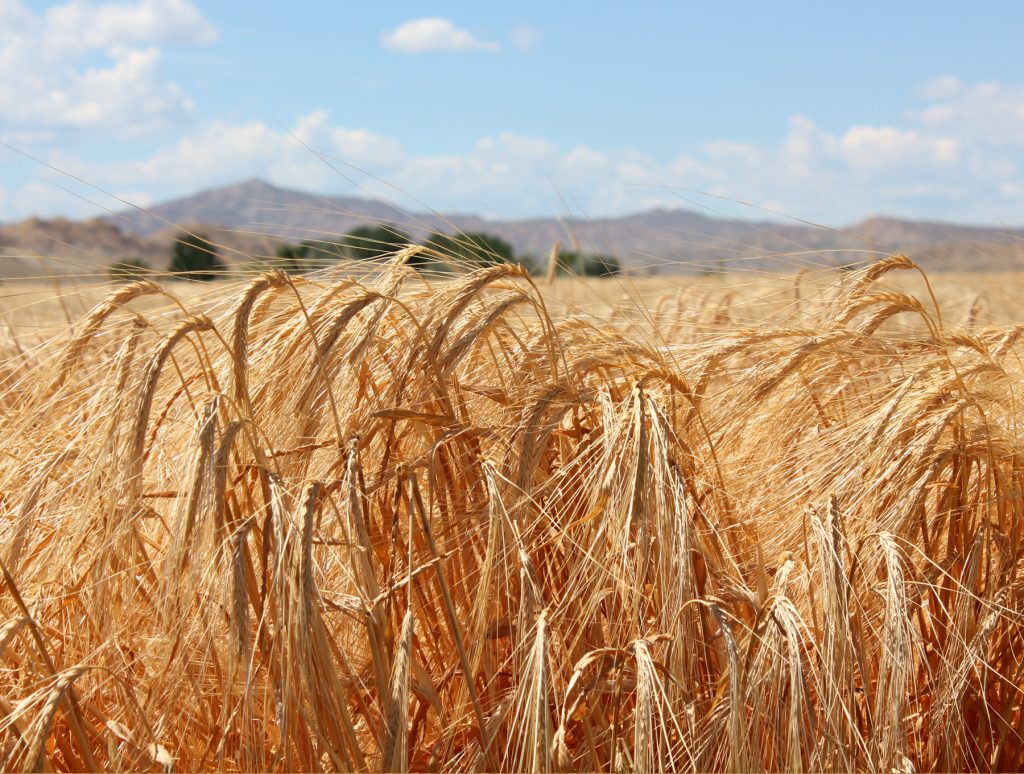
Plant milk is everywhere these days. As one of the fastest-growing categories of foods in the recent decade, it seems that a new type or brand pops up almost every week. Unsurprisingly, given this variety, a recent spoof on plant-based milk had some people wondering if “Wood Milk” was an actual product.
With over 440k views, this YouTube video introduces “Wood Milk” by co-founder, Aubrey Plaza, who claims the product is about to disrupt the milk industry like never before.
So, what exactly are plant-based milks, where did they come from, and how are they related to beer?
Well, the video above hints plant-based milks aren’t actually made from plants, specifically that they are not made from the leaves and stems of plants. Rather, they are made from edible seeds, nuts, or fruits of plants. The ingredients are typically mixed with water and ground, cooked, digested with natural enzymes, filtered to remove solids, and flavored. The finished “milks” are cloudy beverages that have some of the nutrition and flavors of the original food. Though they may be prepared and served fresh, they are usually also stabilized and packaged.
Although types of plant-based milks have been around for centuries, modern enzymology, food science, and food processing techniques have greatly improved the stability, flavor, mouthfeel, nutrition, and other characteristics of these beverages, in many cases making them closer mimics to actual milk.
The history of modern soymilks has followed various innovations in processing, packaging, and marketing to get us to where we are today. In the 1960s-80s, soymilk was introduced in shelf-stable tetra pack cubes by brands, such as Vitasoy and Edensoy, and typically sold in the health food section of stores by the canned goods. In the 90s, Silk branded soymilk was introduced by Whitewave Foods in gable top (milk) cartons and sold in the refrigerated aisle in stores. This new positioning propelled the acceptance by consumers of these plant-based milks. The 90s also saw the introduction of the first popular rice milk, Rice Dream by Imagine Foods, which many consumers found more acceptable than soymilk from a flavor and allergen point of view, driving the growth of the general category. As the category grew over the next 10 years, other entrants emerged, such as newer versions of nut milks, especially Oat Milk from brands like Oatly.
In the beyond beer space, Molson Coors has recently introduced a barley milk, called “Golden Wing”. Read more about it here. This must be a very different product for a brewer to manufacture…or is it?
Beer and the history of grain-based milk
Remember when I described the manufacturing of plant-based milk? “The ingredients are typically mixed with water and ground, cooked, digested with natural enzymes, filtered to remove solids, and flavored. The finished “milks” are cloudy beverages that have some of the nutrition and flavors of the original food….stabilized and packaged.”
Sounds like making beer, doesn’t it? Modern grain milk production is built on the mashing process, just like making beer. Amazake is considered the original “rice milk” and has been made for thousands of years by employing the “mashing” parts of the sake brewing process to make a sweet, cloudy milk from Koji and rice. Historically, this product would spoil and would need to be made for immediate consumption. However, add yeast to the mix, and the milk ferments to form one of mankind’s first preservatives: alcohol. Nigori Sake is a semi-sweet, white, cloudy “plant-based milk” that is shelf stable and has sold in packages for centuries.


Is Beer the original grain-based Milk?
Like Nigori Sake, beer is basically a “barley milk” that has been flavored and preserved by the addition of hops and the fermentation to alcohol and it is older than sake. Before modern knowledge of enzymes and the chemistry and microbiology of food preservation, the twin arts of malting and brewing were making possible the production and consumption of stable, nutritious grain-based drinks. Beer’s history as an important component of the human diet dates back thousands of years B.C. Contained within the creamy foam and milky liquid of that pint of delicious Hazy IPA are many nutritious components, including as much protein as a cup of mother’s milk.



